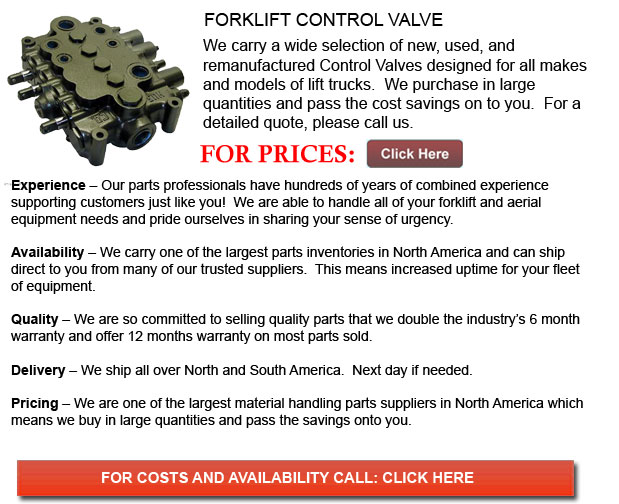
Control Valves for Forklift - Automatic control systems were first developed over two thousand years ago. The ancient water clock of Ktesibios in Alexandria Egypt dating to the third century B.C. is thought to be the very first feedback control device on record. This clock kept time by means of regulating the water level in a vessel and the water flow from the vessel. A popular style, this successful machine was being made in a similar way in Baghdad when the Mongols captured the city in 1258 A.D.
All through history, a variety of automatic devices have been utilized in order to accomplish specific tasks or to simply entertain. A popular European design in the 17th and 18th centuries was the automata. This particular machine was an example of "open-loop" control, consisting dancing figures which will repeat the same task over and over.
Feedback or likewise known as "closed-loop" automatic control devices include the temperature regulator seen on a furnace. This was actually developed during 1620 and accredited to Drebbel. One more example is the centrifugal fly ball governor developed during the year 1788 by James Watt and used for regulating the speed of steam engines.
J.C. Maxwell, who discovered the Maxwell electromagnetic field equations, wrote a paper in 1868 "On Governors," that was able to clarify the instabilities exhibited by the fly ball governor. He utilized differential equations to be able to describe the control system. This paper demonstrated the importance and helpfulness of mathematical models and methods in relation to comprehending complex phenomena. It also signaled the beginning of mathematical control and systems theory. Previous elements of control theory had appeared earlier by not as convincingly and as dramatically as in Maxwell's study.
Within the following 100 years control theory made huge strides. New developments in mathematical methods made it feasible to more accurately control considerably more dynamic systems than the original fly ball governor. These updated techniques consist of various developments in optimal control in the 1950s and 1960s, followed by advancement in robust, stochastic, optimal and adaptive control methods in the 1970s and the 1980s.
New applications and technology of control methodology has helped produce cleaner engines, with cleaner and more efficient methods helped make communication satellites and even traveling in space possible.
Initially, control engineering was practiced as just a part of mechanical engineering. Control theories were firstly studied with electrical engineering for the reason that electrical circuits can simply be explained with control theory methods. At present, control engineering has emerged as a unique practice.
The very first control partnerships had a current output that was represented with a voltage control input. For the reason that the right technology in order to implement electrical control systems was unavailable at that time, designers left with the option of slow responding mechanical systems and less efficient systems. The governor is a really efficient mechanical controller which is still often used by various hydro plants. Eventually, process control systems became obtainable prior to modern power electronics. These process controls systems were normally utilized in industrial applications and were devised by mechanical engineers making use of hydraulic and pneumatic control equipments, a lot of which are still being utilized nowadays.
![]() Click to Download the pdf
Click to Download the pdf
Forklift Parts
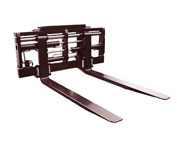
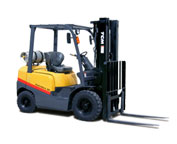
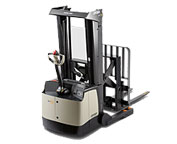
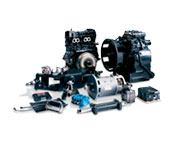
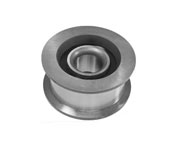
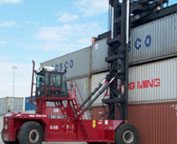
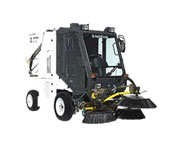
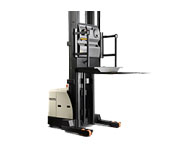
Lift Parts Express
TOLL FREE: 1-888-695-7994
LOCAL: 760-539-3072
2604-B EL CAMINO REAL 401
Carlsbad, California
forkliftpartscarlsbad.com
Email Us
About Us


